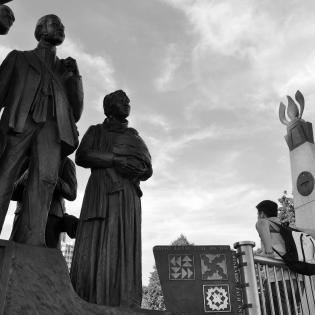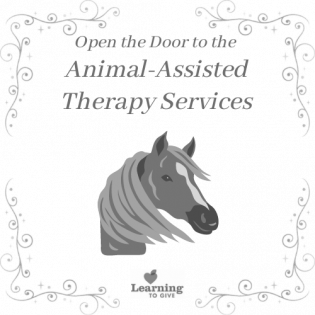To introduce students to examples of the major types of nonprofit organization: arts, education, environment, health, religion, and social services. Each site is representative of a nonprofit category and the visit is to give students an example of opportunities for giving.
Filter by subjects:
Filter by grades:
Filter by audience:
Filter by issue area:
Filter by content type:
Filter by resource type:
resource search
From history we know that working in community (not on our own) is the best way to make change. Young people explore the work of nonprofits related to equity and social justice.
The activities described here are linked at the bottom of this page to help learners get to know their community and the resources there. They also help students take action to address a need and then reflect on the service-learning process.
The identification of the services provided by for-profit, nonprofit and governmental organizations and the drawing of community map that not only identifies the various services provided by these community organizations but also maps areas of need in the community form the intent of this lesson...
People with anxiety, mental illness, or physical or neurological disabilities can spend time with animals giving and receiving love and care. Sometimes therapy dogs are simply present for petting. Riding a horse can help people build muscle and balance. Learn about this organization and how you can help.
Using the three economic sectors (for-profit, government, nonprofit) the learners will identify and categorize local organizations into one of these three economic sectors, They will write letters to those in the nonprofit sector in an effort to determine if and how their services might be ...
Video Clip and Discussion Guide: In this video, we learn from philanthropy scholars that not all giving has a positive impact. We learn about ethics and effective management of nonprofits to ensure they are good stewards of the money they raise.
Learners research a natural disaster and examples of aid to help the affected populations. They learn the roles of the four sectors in responding to the needs. They participate in a collection campaign or other service project and learn about...
In this lesson, learners read primary documents that illustrate the motivations of the founding fathers of the United States related to philanthropy (government by the people, advocacy, civil rights, shared power). We have a long history of demanding civil rights for a population that was...
This lesson helps learners see the potential for reusing materials rather than throwing them away. They research and contact community organizations that support recycling efforts.


